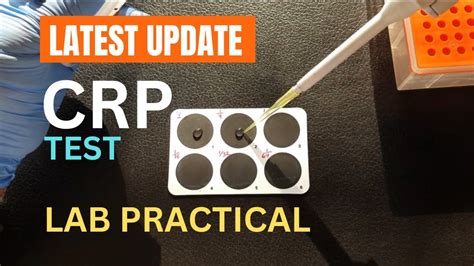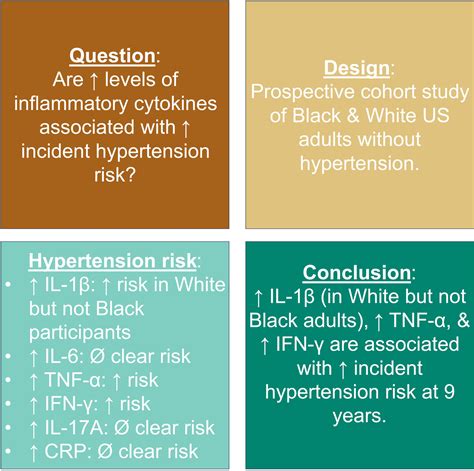Intro
Discover the CRP blood test, a vital diagnostic tool measuring C-Reactive Protein levels to assess inflammation, infection, and cardiovascular risk, providing insights into overall health and guiding treatment decisions.
The C-Reactive Protein (CRP) blood test is a widely used diagnostic tool that helps healthcare professionals assess the level of inflammation in the body. Inflammation is a natural response of the immune system to injury or infection, but chronic or excessive inflammation can lead to various health problems. The CRP test measures the amount of C-Reactive Protein, a protein produced by the liver in response to inflammation, in the blood. In this article, we will delve into the details of the CRP blood test, its importance, and what the results mean.
The CRP test is often used to monitor conditions such as infections, autoimmune disorders, and inflammatory diseases like rheumatoid arthritis. It can also help healthcare professionals evaluate the effectiveness of treatments and monitor disease progression. Additionally, the CRP test can be used to assess the risk of cardiovascular disease, as high levels of CRP have been linked to an increased risk of heart attacks and strokes. With its wide range of applications, the CRP test has become an essential tool in modern medicine.
Inflammation is a complex process that involves the activation of immune cells, the release of chemical mediators, and the production of pro-inflammatory proteins like CRP. When the body detects an injury or infection, it responds by increasing the production of CRP, which helps to coordinate the inflammatory response. However, chronic inflammation can lead to tissue damage and contribute to the development of various diseases. The CRP test provides a simple and effective way to measure the level of inflammation in the body, allowing healthcare professionals to diagnose and manage inflammatory conditions more effectively.
What is CRP?

How is CRP Measured?
The CRP test measures the amount of CRP in the blood using a technique called enzyme-linked immunosorbent assay (ELISA). This involves adding a sample of blood to a specialized plate, which contains antibodies that bind to CRP. The plate is then treated with an enzyme that converts a colorless substrate into a colored product, which can be measured using a spectrophotometer. The resulting color intensity is directly proportional to the amount of CRP in the blood sample.Interpreting CRP Results

- Low CRP levels (<10 mg/L): Normal, no inflammation detected
- Moderate CRP levels (10-50 mg/L): Mild inflammation, may indicate a minor infection or injury
- High CRP levels (50-100 mg/L): Moderate inflammation, may indicate a more severe infection or autoimmune disease
- Very high CRP levels (>100 mg/L): Severe inflammation, may indicate a life-threatening condition such as sepsis or severe autoimmune disease
Factors that Affect CRP Levels
Several factors can affect CRP levels, including:- Age: CRP levels tend to increase with age
- Obesity: CRP levels are often higher in obese individuals
- Smoking: Smoking can increase CRP levels
- Infection: CRP levels can rise in response to infection
- Autoimmune disease: CRP levels can be elevated in individuals with autoimmune diseases such as rheumatoid arthritis
- Pregnancy: CRP levels can increase during pregnancy
Clinical Applications of CRP

- Monitoring inflammatory diseases such as rheumatoid arthritis, lupus, and Crohn's disease
- Evaluating the effectiveness of treatments for inflammatory conditions
- Assessing the risk of cardiovascular disease
- Diagnosing infections such as pneumonia, sepsis, and meningitis
- Monitoring the progression of cancer and its treatment
Limitations of CRP
While the CRP test is a valuable diagnostic tool, it has several limitations. These include:- Non-specificity: CRP is not specific to any particular disease or condition, making it difficult to diagnose the underlying cause of inflammation
- Variability: CRP levels can vary depending on the laboratory and assay used
- False negatives: CRP levels can be normal in individuals with chronic inflammation or autoimmune disease
- False positives: CRP levels can be elevated in individuals with non-inflammatory conditions such as pregnancy or obesity
Conclusion and Future Directions

Final Thoughts
The CRP test is an essential tool in modern medicine, providing valuable insights into the inflammatory response and its role in various diseases. By understanding the importance of CRP and its clinical applications, healthcare professionals can provide better care for their patients and improve health outcomes.What is the normal range for CRP?
+The normal range for CRP is typically less than 10 mg/L, but this can vary depending on the laboratory and the specific assay used.
What are the clinical applications of CRP?
+The CRP test has a wide range of clinical applications, including monitoring inflammatory diseases, evaluating the effectiveness of treatments, assessing the risk of cardiovascular disease, and diagnosing infections.
What are the limitations of CRP?
+The limitations of CRP include non-specificity, variability, false negatives, and false positives. While the CRP test is a valuable diagnostic tool, it should be used in conjunction with other diagnostic tests and clinical evaluations to provide a comprehensive diagnosis.
We hope this article has provided you with a comprehensive understanding of the CRP blood test and its importance in modern medicine. If you have any questions or comments, please feel free to share them below. Additionally, if you found this article informative, please consider sharing it with others who may benefit from this information.
